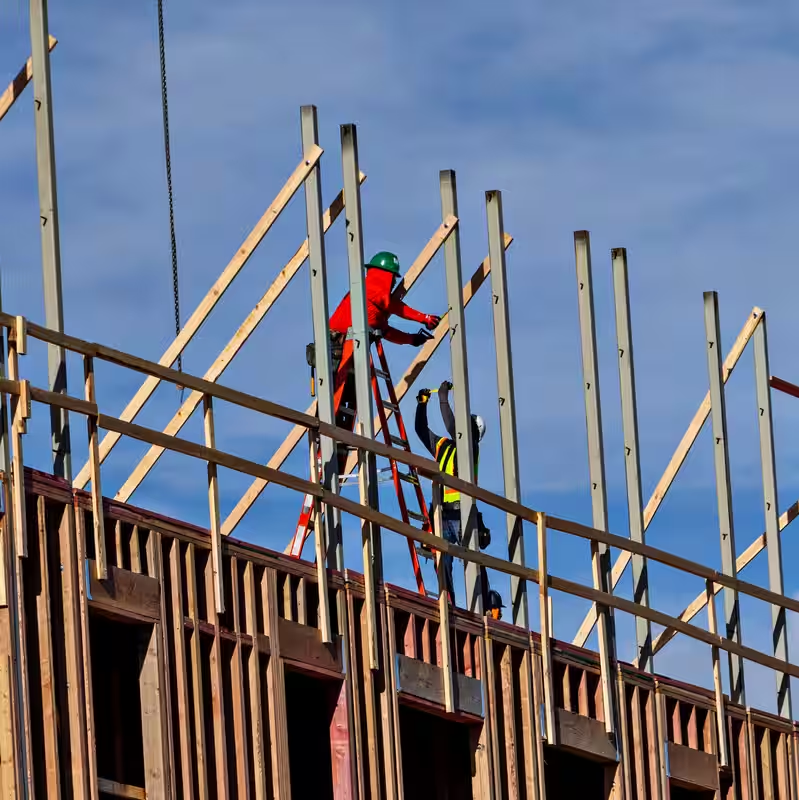Table of Contents
- Tariff Announcement Shakes Markets
- What Products Are Affected?
- Why Is This a ‘National Security’ Issue?
- Impact on Consumers and Homebuilders
- Industry Reactions: Mixed Responses
- China Trade War Escalates—Then Pauses?
- Sources
Trump Slaps New Tariffs on Lumber and Furniture
On Tuesday, October 14, 2025, President Donald Trump enacted sweeping new tariffs on imported wood products and furniture, marking the latest escalation in his ongoing trade agenda. The move—effective immediately after midnight—imposes duties ranging from 10% to 50% on everything from raw timber to kitchen cabinets and upholstered sofas.
The timing couldn’t be more dramatic. Just days earlier, Trump had threatened to impose a staggering 100% tariff on all Chinese goods by November 1 in retaliation for Beijing’s export curbs on rare earth minerals. That threat sent the S&P 500 into its steepest one-day drop in six months—though by Sunday, Trump appeared to soften his stance, tweeting on Truth Social: “Don’t worry about China, it will all be fine!”
What Products Are Affected?
Here’s a breakdown of the new tariffs that took effect Tuesday:
| Product Category | Initial Tariff (Oct 14, 2025) | Tariff After Jan 1, 2026 |
|---|---|---|
| Imported wood and timber | 10% | 10% (no change) |
| Upholstered furniture (sofas, chairs) | 25% | 30% |
| Kitchen cabinets & bathroom vanities | 25% | 50% |
Much of the lumber comes from Canada, while furniture imports flow heavily from Vietnam, Mexico, India, and China.
Why Is This a ‘National Security’ Issue?
Unlike previous China-focused tariffs, these new levies were imposed under Section 232 of the Trade Expansion Act of 1962—a law that allows the president to restrict imports that threaten national security.
The Trump administration justified the move by claiming wood products are “used in critical functions of the Department of War,” such as building military infrastructure and transporting munitions. Critics, however, called the rationale a stretch.
“If war broke out tomorrow, there would be zero concern about American ‘dependence’ on foreign lumber or furniture,” wrote Scott Lincicome of the Cato Institute, labeling the argument “absurd.”
Impact on Consumers and Homebuilders
For everyday Americans, the consequences could be immediate—and costly.
Higher lumber prices may slow home construction at a time when the housing market is already fragile. “It runs counter to the goals of making housing more affordable,” said Daryl Fairweather, chief economist at Redfin. “In the end, you’re just going to get fewer homes built.”
Furniture retailers aren’t faring much better. Arin Schultz of organic mattress maker Naturepedic said his company is raising prices by 5–10% starting in November—even though they manufacture in Ohio—because they rely on imported textiles and plan to launch an Indian-made upholstered headboard that now faces a 25% tariff.
Industry Reactions: Mixed Responses
Not everyone opposes the tariffs. Some U.S. manufacturers lobbied for them, arguing that cheap foreign imports have undercut domestic production.
Farooq Kathwari, CEO of Ethan Allen, noted his company is less exposed because nearly half its furniture is made in the U.S., with the rest produced in Mexico and Honduras. Still, he acknowledged the broader industry will feel the pinch.
“Getting manufacturing started in the U.S. isn’t easy,” Kathwari said. “We have all these hurdles—especially high medical and labor costs.”
China Trade War: Escalates—Then Pauses?
While Tuesday’s tariffs target global imports, they’re unfolding against the backdrop of Trump’s volatile standoff with China. After Beijing restricted rare earth exports—critical for semiconductors and EVs—Trump threatened sweeping retaliation.
Markets panicked. But within 48 hours, the tone shifted. Trump now suggests a diplomatic path may still be possible before his planned November 1 deadline—and before his scheduled meeting with Xi Jinping in Korea.
Meanwhile, a separate legal battle looms: the Supreme Court is reviewing whether Trump’s earlier China tariffs were constitutional. However, the new lumber and furniture duties are not part of that case, as they stem from a different legal authority.
Sources
The New York Times: Trump Ramps Up Trade War as Tariffs on Lumber and Furniture Kick In




